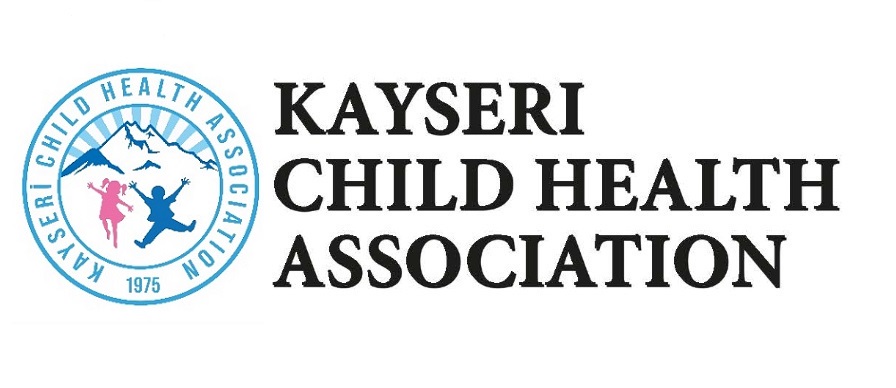Demographic, Clinical, and Laboratory Characteristics of Children with Renal Tubular Acidosis
Demographic, Clinical, and Laboratory Characteristics of Children with Renal Tubular Acidosis
DOI:
https://doi.org/10.4274/jpea.2023.242Keywords:
Renal tubular acidosis, pediatric, growth, nephrocalcinosis, deafnessAbstract
This study included patients followed up for primary renal tubular acidosis (RTA) between 1991 and 2012. Clinical characteristics at presentation, physical examination findings, laboratory test results, and treatments were recorded. The patients’ laboratory results, drug doses, height, and weight were recorded every 3 months for the first year of follow-up. Standard deviation scores (Z-scores) of height and weight for age were determined and the patients’ growth rates were evaluated. Of 50 patients followed up for primary RTA, 31 (62%) had distal RTA and 19 (38%) had proximal RTA. The median age at diagnosis was 3 months (range, 1-174 months) for patients with distal RTA and 10 months (range, 2-33 months) for patients with proximal RTA. The median follow-up times in these two groups were 96 months (range, 6-204 months) and 89 months (range, 6-180 months), respectively. Family history of RTA was more common among patients with distal RTA than those with proximal RTA (p=0.013). Nephrocalcinosis and deafness were detected more frequently in the distal RTA group (p=0.001), while ocular pathologies were more common in the proximal RTA group (p<0.001). In patients with distal RTA, older age at diagnosis was associated with lower weight and height Z-scores (p<0.05). Early diagnosis had a positive effect on the growth of patients with primary RTA.

Downloads
Published
How to Cite
Issue
Section
License
Copyright (c) 2023 The Journal of Pediatric Academy

This work is licensed under a Creative Commons Attribution-NonCommercial-NoDerivatives 4.0 International License.








